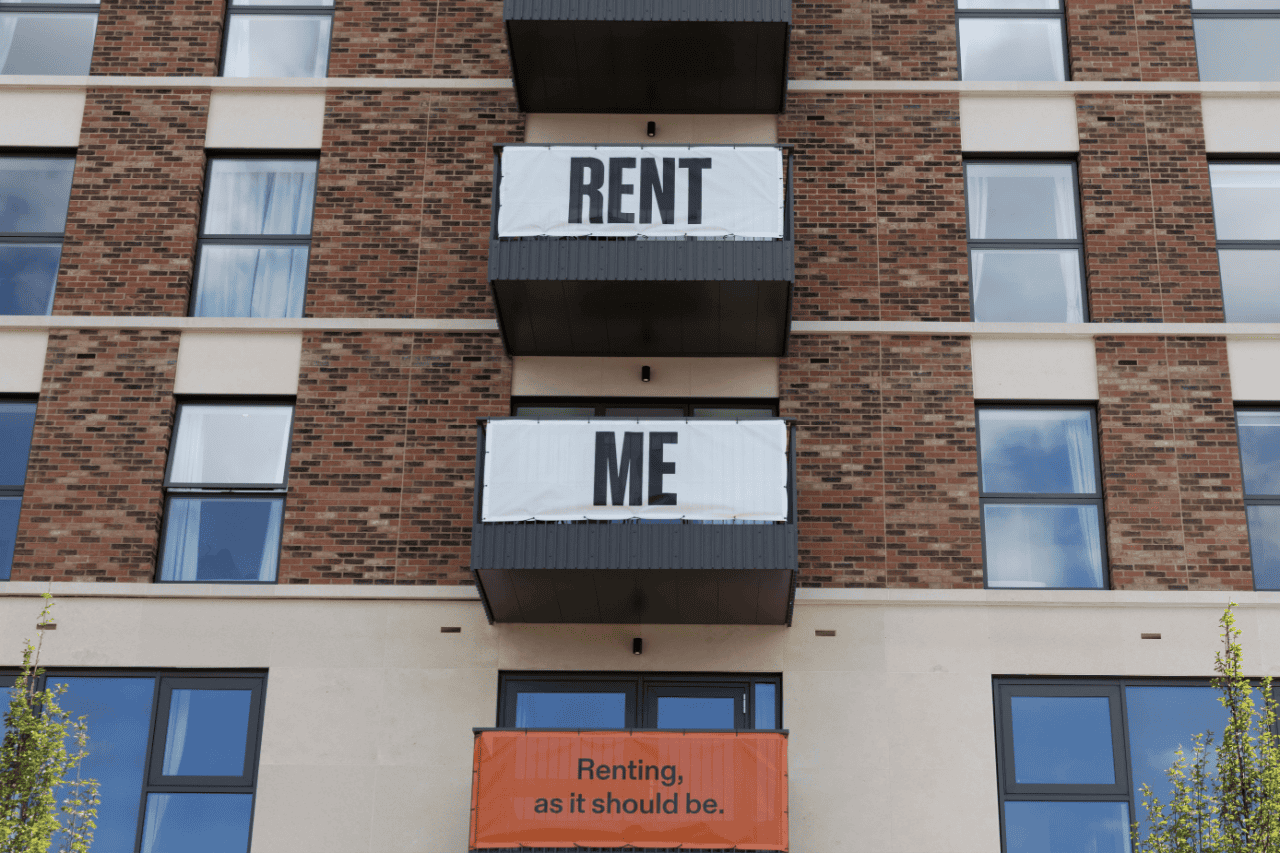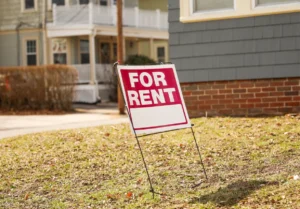
The Cost of Renting Rose Last Year—by the Most in More Than a Decade
Key Takeaways
- Rent costs grew the most since 2011 last year and nearly four times as much as the year prior, according to the Census Bureau.
- Rent grew more than home values for the first time in a decade, while the portion of the population that rented remained the same.
- The portion of household income allocated for rent remained steady, indicating that wages may have kept up with the growth in costs.
The cost of renting a home grew last year the most since at least 2011, nearly four times as much as the year before.
Census Bureau data released late last week showed the cost of gross median rent plus utilities grew 3.8% in 2023. In the prior year, that same measure grew just 1%.1 The median monthly rent rose to $1,406 in 2023, the Census Bureau said.
Despite the high costs, the share of the population that rents remained consistent at 34.8%. Rent costs grew faster than home values for the first time in a decade: Real median home values grew 1.8% in 2023, the Census Bureau said.
Rent Was the Same Portion of Household Income
The portion of household income put toward rent remained the same as the year prior at 31%. Census Bureau economist Jacob Fabina wrote that the steady number meant that either income had kept up with rent increases or more high earners were moving toward renting.
“From 2022 to 2023, the number of renters grew, while median household income was not significantly different,” he wrote. “However, this measure includes the income growth of non-renters, and the income growth of renters and non-renters may have differed.”
When broken down by state, the portion of income allocated to rent actually fell in some places. Illinois, Kansas, Minnesota, New Mexico, New York and West Virginia all saw the portion of household income that goes to rent decline.
Source: Investopedia
Free Rental Application
Get 20 Rental Forms for FREE, including a rental application.













 Accessibility
Accessibility